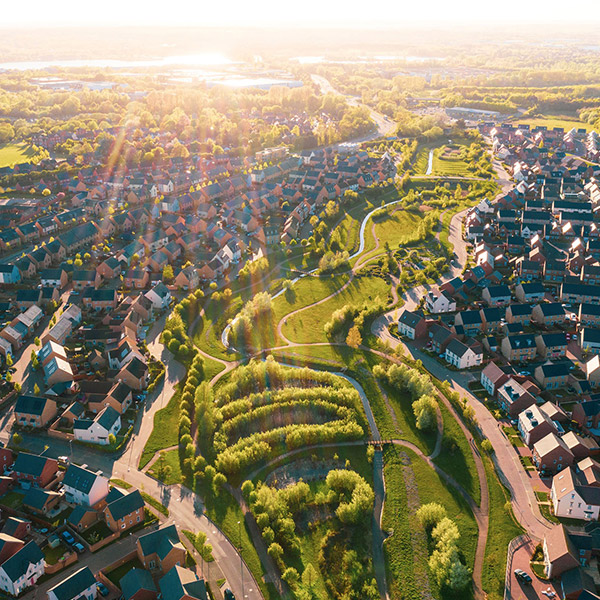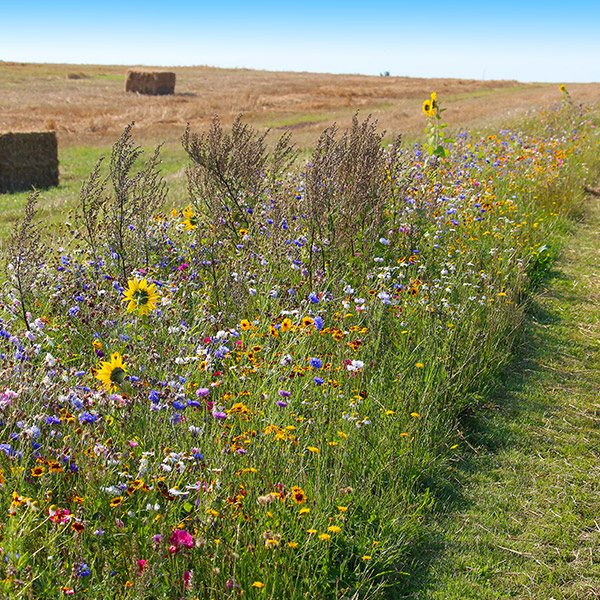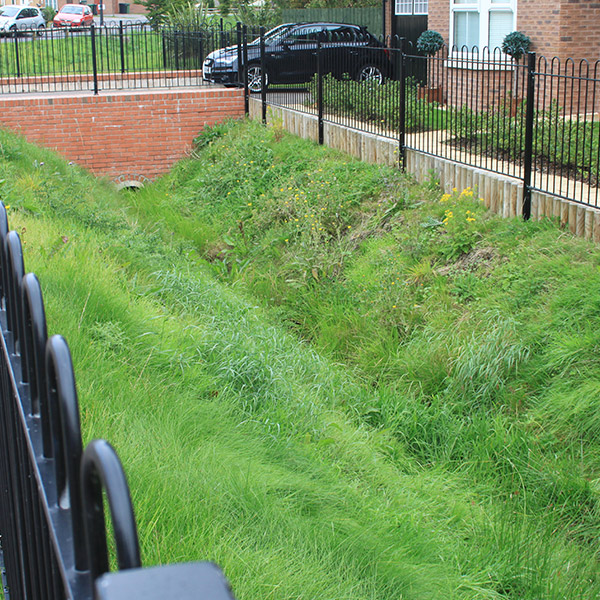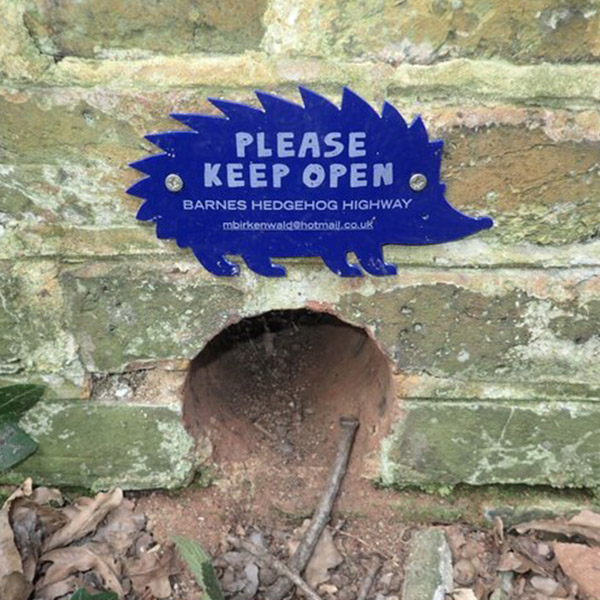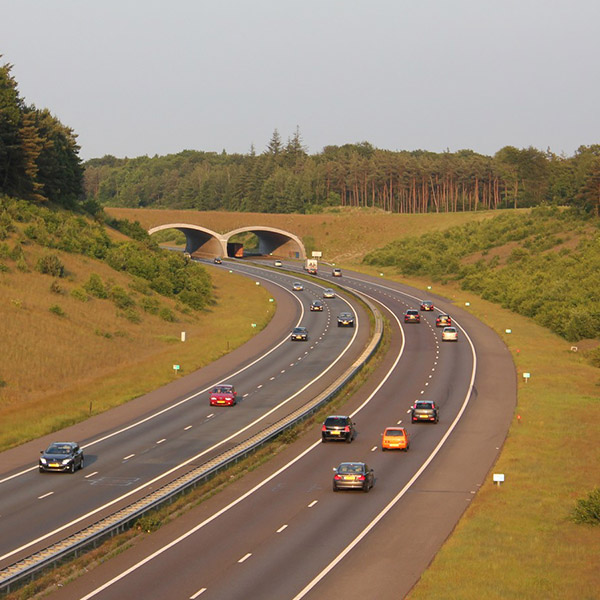Wildlife corridors are an essential part of our green infrastructure to connect individual habitats, providing a safe passage for wildlife to move freely, without threat from predators or human intervention. Wildlife corridors can come in all shapes and sizes, so any form of habitat connection can help!
It is important to consider creating wildlife corridors to help the maintenance of biodiversity within a site. Developable areas can cause fragmentation, which is the splitting of habitats into smaller areas. Providing wildlife corridors can be a solution to the negative effects of habitat fragmentation.
Retaining existing trees and hedgerows where possible can help provide a base for your corridors. Enhancing existing vegetation by planting new hedgerows and grasslands can help strengthen them and provide a greater species richness.
You can create a wildlife corridor by introducing hedgerows, woodland, field margins, grassland, and wetlands. Swales linking attenuation basins can provide ‘blue’ corridors, allowing wetland wildlife to thrive through their connecting habitats. Rivers and canals are also great examples of wetland wildlife corridors. Where road verges are proposed, rather than having mown amenity grass, plant wildflowers and other grasses to provide habitat creation and food sources. Woodland planting, and preservation and creation of hedgerows, deliver perfect bat corridors. Bats use woodland and hedgerows as navigational aids to find their way to and from their roosts and feeding grounds, therefore relying heavily on wildlife corridors.
Due to human involvement within nature, man-made wildlife corridors are becoming more popular in an effort to help nature as we keep developing. Hedgehog highways within rear gardens is an example of this, where holes are made at the bottom of adjoining garden fences, so hedgehogs and other animals can move from one garden to another. Green overpasses and underpasses have also been created in areas where heavy traffic is involved, and most recently, we have seen rope bridges being used in Northumberland for red squirrels.
If you would like more information about how you can incorporate wildlife corridors within your project, please contact either our Landscape Architecture or Ecology team today on 01666 825646 or email your query to mail@acdenv.co.uk.

